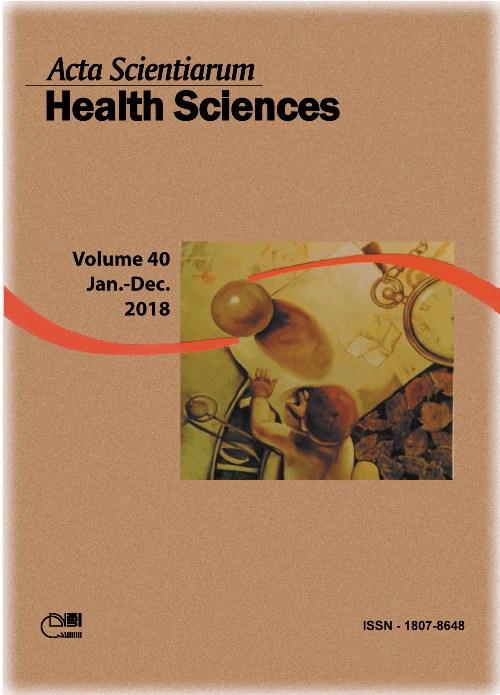<b>Influence of β-Hydroxy-β-methylbutyrate on predominantly white and red muscles of rats not submitted to physical exercise
Résumé
This study evaluated the influence of β-hydroxy-β-methylbutyrate (HMB) on the body weight and morphometry of white and red muscle fibers of sedentary rats. 29 male rats were divided in: initial control group (ICG ) (n = 5), euthanized at study onset, and three treated groups (n = 8 each): placebo control group (PCG) received saline for 4 weeks; experimental group (EG) received 0.3 g kg-1 of HMB daily and controlled diet; and experimental group ad libitum, (EGA) received 0.3g kg-1 of HMB daily, without food restriction. There was no difference in food intake and body weight between treated groups. For the EDL muscle, treated groups were different from ICG. Concerning the soleus muscle, no treated group was different from each other and only the EGA presented difference compared to the ICG. Data also did not reveal correlation between the variables food intake and body weight. HMB did not change the body weight or morphometry of EDL muscle fibers. However, the HMB combined with ad libitum feeding was able to change the morphometry of soleus muscle fibers.
Téléchargements
DECLARAÇÃO DE ORIGINALIDADE E DIREITOS AUTORAIS
Declaro que o presente artigo é original, não tendo sido submetido à publicação em qualquer outro periódico nacional ou internacional, quer seja em parte ou em sua totalidade.
Os direitos autorais pertencem exclusivamente aos autores. Os direitos de licenciamento utilizados pelo periódico é a licença Creative Commons Attribution 4.0 (CC BY 4.0): são permitidos o acompartilhamento (cópia e distribuição do material em qualqer meio ou formato) e adaptação (remix, transformação e criação de material a partir do conteúdo assim licenciado para quaisquer fins, inclusive comerciais.
Recomenda-se a leitura desse link para maiores informações sobre o tema: fornecimento de créditos e referências de forma correta, entre outros detalhes cruciais para uso adequado do material licenciado.























5.png)







